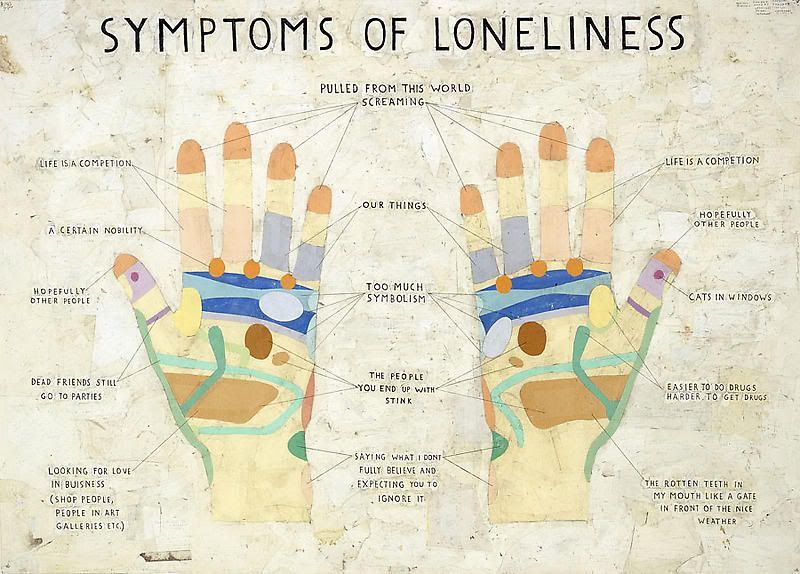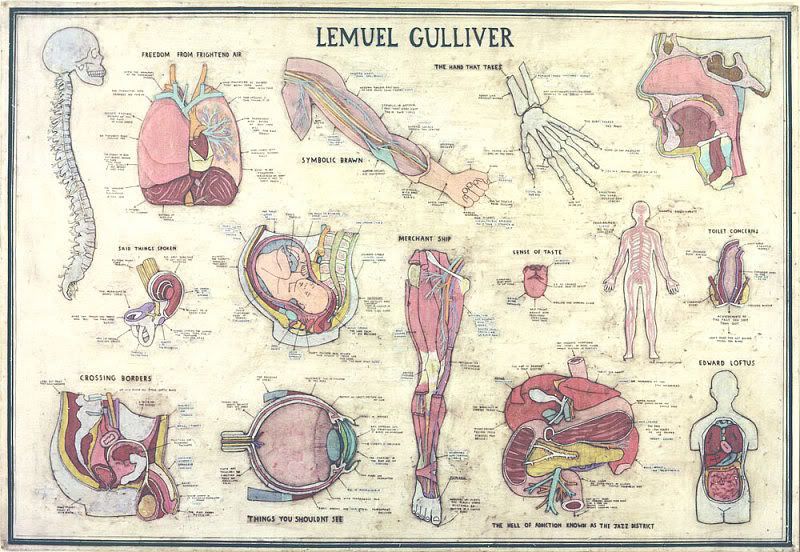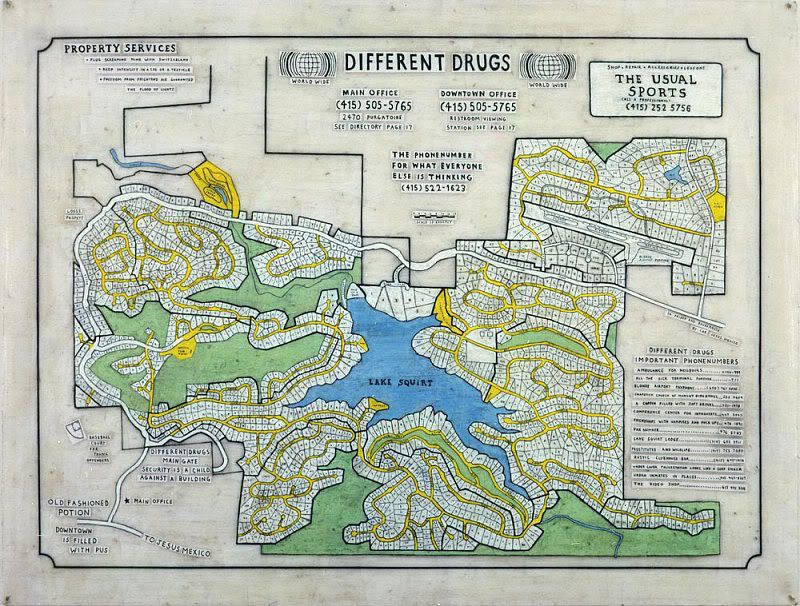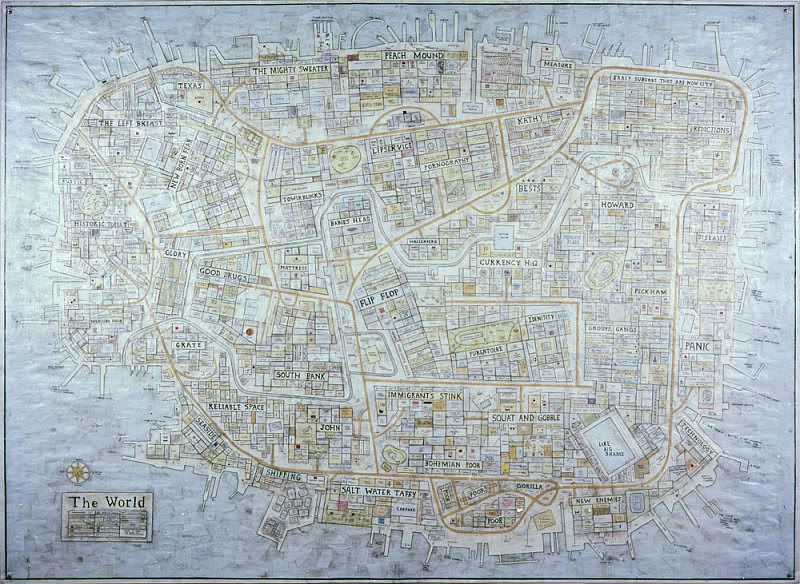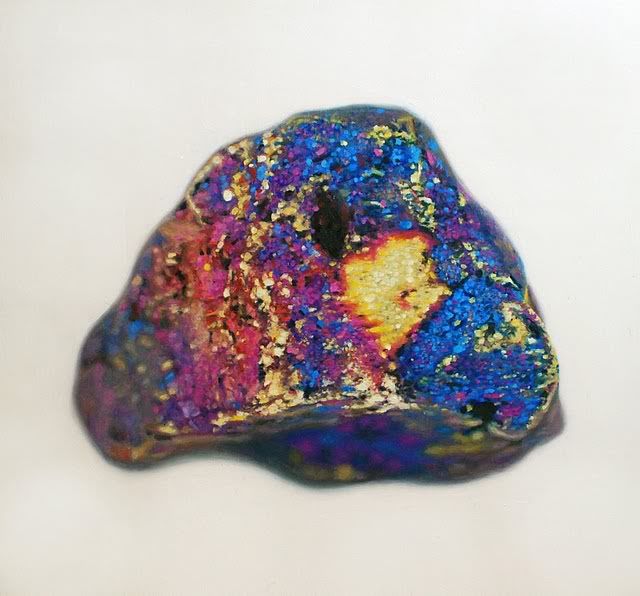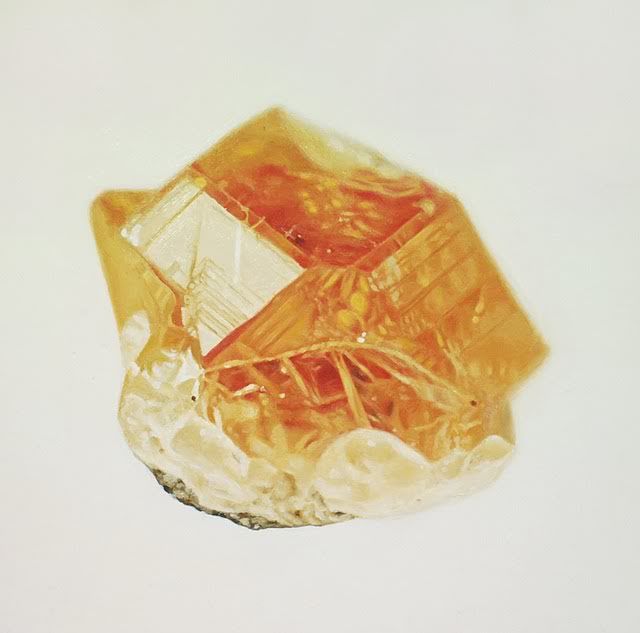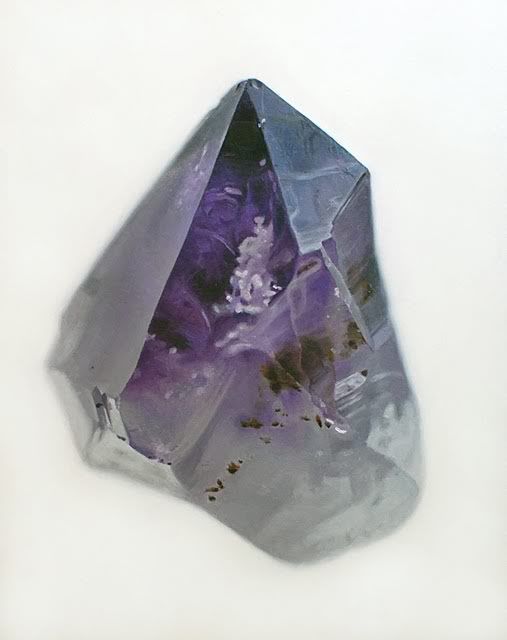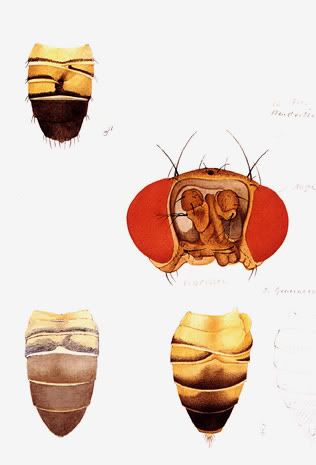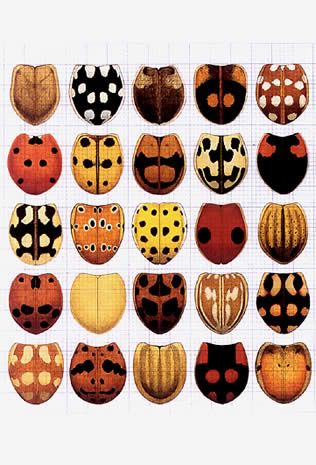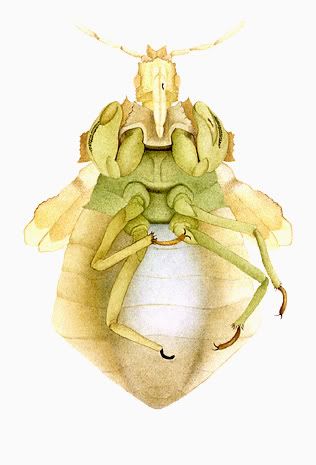K-abeilles Hotel for Bees, Muttersholtz, France, by: atelierd.org. Photo: Stephane Spach. Source: architizer.com
The K-abeilles Hotel for Bees, is a structure hut with shelter for people as well as micro-housings for wild bees in the outside hexagonal compartments which provide a variety of nesting materials, in Muttersholtz, France.
K-abeilles Hotel for Bees, Muttersholtz, France, by: atelierd.org. Photo: Stephane Spach. Source: architizer.com
The Microbial Home / 2011 - Peter Gal | Product designer | Amsterdam Source: petergal.com
This is but a small part of Peter Gal's vision for 'The Microbial Home', "a domestic ecosystem which tackles the issues of energy, lighting, cleaning, and human waste disposal, embodied in a series of different components." The 'Urban beehive' would be a bee habitat within the home to provide honey and wax as well as awareness of bees and their importance for the home owner.
The Microbial Home / 2011 - Peter Gal | Product designer | Amsterdam Source: petergal.com
A medical student in France in the early nineteenth-century, Dr. Louis Thomas Jerôme Auzoux (1797-1880), frustrated with the sparcity of anatomical models and the expense of wax, was inspired by papier-mâché puppet and doll-making techniques of the day. He developed his “Anatomie Clastique” approach making 'disectable' hardened paste paper models in separate parts which could be assembled and disassembled to see better understand the anatomy. (Read about his anatomical papier-mâché model factory here).
IMAGE: Detail from Penelope Stewart’s beeswax chamber at the Musée Barthète, inspired by the permanent collection. Photo courtesy of the artist. Source: ediblegeography.com via minouette on Pinterest
IMAGE: Detail from Penelope Stewart’s Apian Screen, via Toronto’s Harbourfront Centre. Photo courtesy of the artist. Source: ediblegeography.com via minouette on Pinterest
Canadian artist Penelope Stewart has made a number installation with beeswax including what she calls 'Sensory Architecture': immersive environments completed tiled with beeswax tiles, so the viewer in inside a sort of bespoke human beehive.
Similarly, German artist Wolfgang Laib used slabs of beeswax to construct a narrow, dim, sort of beeswax lined closet called Wachsraum at the Museum De Pont in the Netherlands.
Wolfgang Laib’s beeswax chambers: on the left is his 1992 Wachsraum at the Museum De Pont, and on the right is the cover of Wolfgang Laib – A Scented Journey, a booklet documenting the construction of a beeswax space in 1994, at the Henry Moore Foundation Studio in Halifax. Source: ediblegeography.com via minouette on Pinterest
I had made one linocut of bumblebee, when a conversation with local audio artist Sarah Peebles got me interested in making a whole series of prints highlighting how little our own native bees ressemble or sound like honey bees. Check out Reasonating Bodies. As part of this project about bee biodiversity, she's made a series of art installations including habitats for solitary bees, and listening stations so you can hear all the bee activity like what is shown below. I also really enjoyed the Resonating Bodies trading cards I got at Nuit Blanch at the Wychwood Barns a few years ago. There are several, complete with DNA barcodes, like the one shown below.















